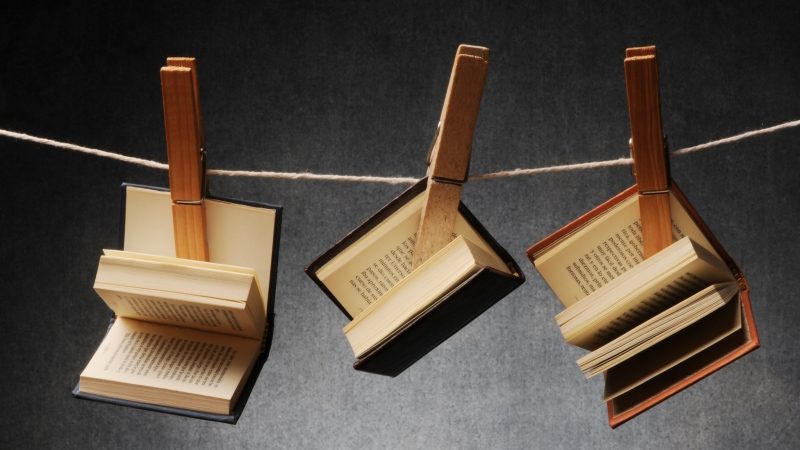The experience of being an author has dramatically changed in recent years. On the plus side, easy access to publishing, editing, and online marketing have allowed so many talented voices to share their messages with diverse audiences in an unprecedented way.
However, as the options for independent authors have increased tenfold, so has the confusion. Many authors find themselves with manuscripts or plans for manuscripts, but no idea of how to navigate the publication process.
Lori Weidert, our Book Production Editor, answered some frequently asked questions about the book production process:
What is the difference between design and typesetting?
The word “typesetter” conjures up images of metal letters and a giant press to most people, and the word “compositor” draws a complete blank. I’ve taken to explaining it with an analogy: the Designer works as the “architect” of the project, mapping out the appearance and the beautiful elements; and the typesetter is the engineer, or construction worker–building the book to the specifications in that “blueprint.”
Typesetting involves ensuring that every word or paragraph has a proper appearance–a head, a bullet, or a graphic; that spacing around elements is correct; that word, line, and page breaks are proper.
A good book designer and typesetter will always keep the reader in mind–it should be aesthetically pleasing, and assembled so as not to break a reader’s stride.
What are the biggest challenges in self-publishing? Benefits?
Marketing and sales are most challenging in self-publishing. An individual author, and often very small companies, do not have the resources to thoroughly reach out to their target audience. It can be expensive and an exorbitant amount of work–websites, emails, advertising can require an entire team of people to carry out. Distribution is always a difficult decision, also–do you fill your garage with copies of your book and sell them yourself, or hire a third party to take care of collecting fees, shipping, and delivering? These are the details that Weaving Influence helps with the most.
The benefits include more control over the process, a smaller barrier to entry, a larger profit on individual books sold, and allow all of the decisions about the book to be made by the author.
How long does it usually take a book to move from manuscript to published?
This depends on the nature of the book. The content and length of the manuscript varies from book to book. Books that contain heads and straight text can be produced quickly. Those with many elements–tables, boxes, graphics, extracts, quotes, etc.–take a bit longer, as each of those items have to be assembled, and then “fit” into the text in a logical manner.
The normal production stages are:
- Typeset
- Proofread
- Correct/Revise
- Proofread again
- Correct Again
If everything goes smoothly, 8-10 weeks is a very comfortable schedule. That timeline can be condensed and rushed, or spread out for rewrites and take several months, or a year or more.
Weaving Influence is proud to have produced a number of books—from start to finish—for our partners. We would love to be your guide in answering the above questions and more, with the ultimate goal of bringing your book to publication!
We offer a wide range of book production services, including:
- Professional editing
- Book cover design
- Interior design
- Typesetting
- Design for Kindle conversion through Amazon
- Createspace and Amazon support
- Marketing strategy and support
Some examples of recent book production projects include:
- Lilac Dreams: My Journey From a Sewer Drain to the Boardroom by Bonnie Hathcock
- The Servant Leadership Journal: An 18 Week Journey to Transform You and Your Organization by Art Barter
- Leading Jesus’ Way by Mark Deterding
We would love to partner with you to bring your book to life! Send us an email to get the conversation going.

Margy Kerr-Jarrett enjoys reading, writing, and spending time in nature with her husband and daughter. Born and raised in Indianapolis, IN, Margy has been living in Jerusalem, Israel for the past three years.

